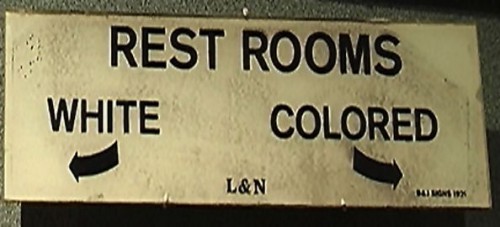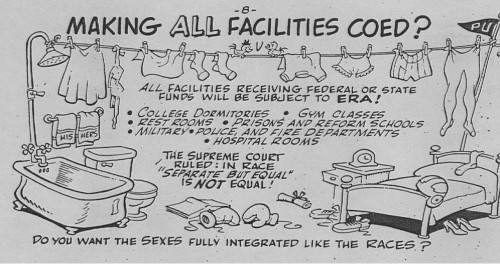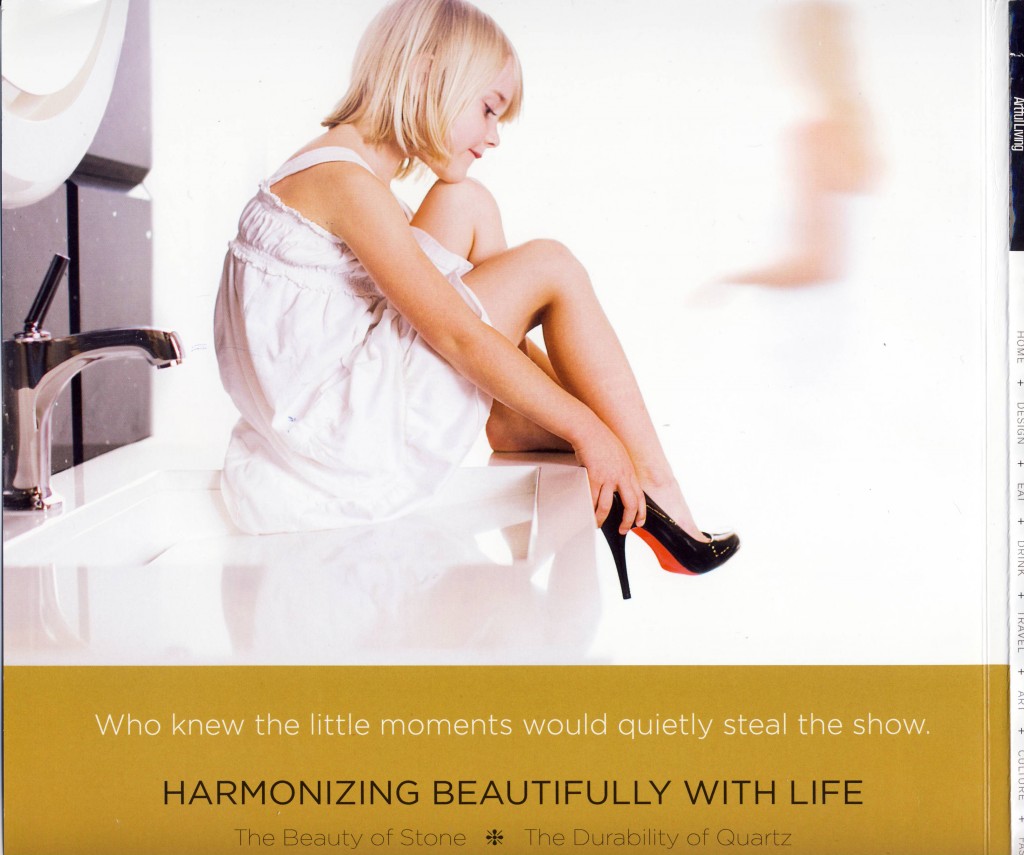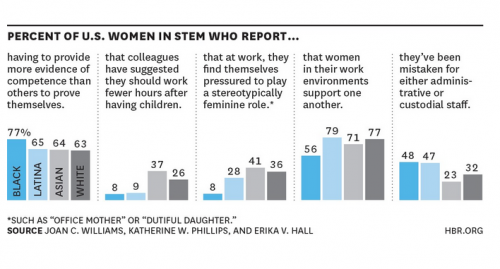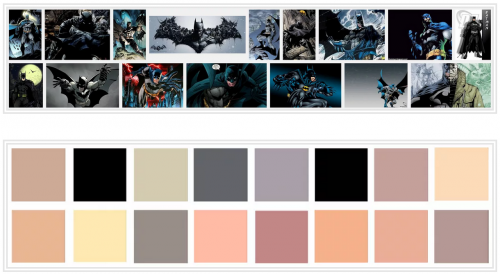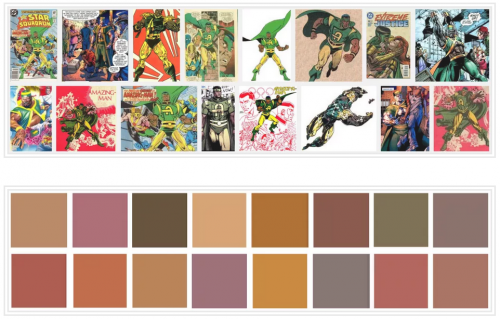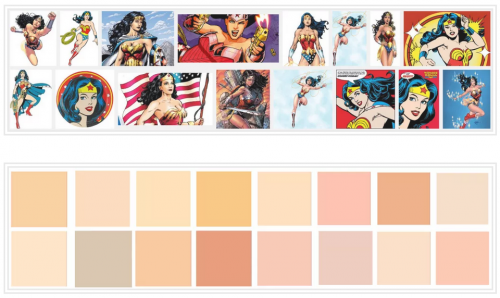 In 1994, a US immigration judge lifted an order to deport a woman named Lydia Oluloro. Deportation would have forced her to either leave her five- and six-year-old children in America with an abusive father or take them with her to Nigeria. There, they would have been at risk of a genital cutting practice called infibulation, in which the labia majora and minora are trimmed and fused, leaving a small opening for urination and menstruation.
In 1994, a US immigration judge lifted an order to deport a woman named Lydia Oluloro. Deportation would have forced her to either leave her five- and six-year-old children in America with an abusive father or take them with her to Nigeria. There, they would have been at risk of a genital cutting practice called infibulation, in which the labia majora and minora are trimmed and fused, leaving a small opening for urination and menstruation.
Many Americans will agree that the judge made a good decision, as children shouldn’t be separated from their mothers, left with dangerous family members, or subjected to an unnecessary and irreversible operation that they do not understand. I am among these Americans. However, I am also of the view that Americans who oppose unfamiliar genital cutting practices should think long and hard about how they articulate their opposition.
The judge in the Oluloro case, Kendall Warren, articulated his opposition like this:
This court attempts to respect traditional cultures … but [infibulation] is cruel and serves no known medical purpose. It’s obviously a deeply ingrained cultural tradition going back 1,000 years at least.
Let’s consider the judge’s logic carefully. First, by contrasting the “court” (by which he means America)with “traditional cultures”, the judge is contrasting us (America) with a them (Nigeria). He’s implying that only places like Nigeria are “traditional” — a euphemism for states seen as backward, regressive, and uncivilised — while the US is “modern,” a state conflated with progressiveness and enlightenment.
When he says that the court “attempts to respect traditional cultures,” but cannot in this case, the judge is suggesting that the reason for the disrespect is the fault of the culture itself. In other words, he’s saying “we do our best to respect traditional cultures, but you have pushed us too far.” The reason for this, the judge implies, is that the practices in question have no redeeming value. It “serves no known medical purpose,” and societies which practice it are thus “up to no good” or are not engaging in “rational” action.
The only remaining explanation for the continuation of the practice, the judge concludes, is cruelty. If the practice is cruel the people who practice it must necessarily also be cruel; capriciously, pointlessly, even frivolously cruel.
To make matters worse, in the eyes of the judge, such cruelty can’t be helped because its perpetrators don’t have free will. The practice, he says, is “deeply ingrained” and has been so for at least 1,000 years. Such cultures cannot be expected to see reason. This is the reason why the court — or America — can and should be compelled to intervene.
In sum, the judge might well have said: “we are a modern, rational, free, good society, and you who practice female genital cutting—you are the opposite of this.”
**********
I’ve published extensively on the ways in which Americans talk about the female genital cutting practices (FGCs) that are common in parts of Africa and elsewhere, focusing on the different ways opposition can be articulated and the consequence of those choices. There are many grounds upon which to oppose FGCs: the oppression of women, the repression of sexuality, human rights abuse, child abuse, a violation of bodily integrity, harm to health, and psychological harm, to name just a few. Nevertheless, Judge Warren, chose to use one of the most common and counterproductive frames available: cultural depravity.
The main source of this frame has been the mass media, which began covering FGCs in the early 1990s. At the time anti-FGC activists were largely using the child abuse frame in their campaigns, yet journalists decided to frame the issue in terms of cultural depravity. This narrative mixed with American ethnocentrism, an obsession with fragile female sexualities, a fear of black men, and a longstanding portrayal of Africa as dark, irrational, and barbaric to make a virulent cocktail of the “African Other.”
The more common word used to describe FGCs — mutilation — is a symbol of this discourse. It perfectly captures Judge Warren’s comment. Mutilation is, perhaps by definition, the opposite of healing and of what physicians are called to do. Defining FGCs this way allows, and even demands, that we wholly condemn the practices, take a zero tolerance stance, and refuse to entertain any other point of view.
Paradoxically, this has been devastating for efforts to reduce genital cutting. People who support genital cutting typically believe that a cut body is more aesthetically pleasing. They largely find the term “mutilation” confusing or offensive. They, like anyone, generally do not appreciate being told that they are barbaric, ignorant of their own bodies, or cruel to their children.
The zero tolerance demand to end the practices has also failed. Neither foreigners intervening in long-practicing communities, nor top-down laws instituted by local politicians under pressure from Western governments, nor even laws against FGCs in Western countries have successfully stopped genital cutting. They have, however, alienated the very women that activists have tried to help, made women dislike or fear the authorities who may help them, and even increased the rate of FGCs by inspiring backlashes.
In contrast, the provision of resources to communities to achieve whatever goals they desire, and then getting out of the way, has been proven to reduce the frequency of FGCs. The most effective interventions have been village development projects that have no agenda regarding cutting, yet empower women to make choices. When women in a community have the power to do so, they often autonomously decide to abandon FGCs. Who could know better, after all, the real costs of continuing the practice?
Likewise, abandonment of the practice may be typical among immigrants to non-practicing societies. This may be related to fear of prosecution under the law. However, it is more likely the result of a real desire among migrants to fit into their new societies, a lessening of the pressures and incentives to go through with cutting, and mothers’ deep and personal familiarity with the short- and long-term pain that accompanies the practices.
The American conversation about FGCs has been warped by our own biases. As a Hastings Center Report summarizes, those who adopt the cultural depravity frame misrepresent the practices, overstate the negative health consequences, misconstrue the reasons for the practice, silence the first-person accounts of women who have undergone cutting, and ignore indigenous anti-FCG organizing. And, while it has fed into American biases about “dark” Africa and its disempowered women, the discourse of cultural depravity has actually impaired efforts to reduce rates of FGCs and the harm that they can cause.
Originally posted at Open Democracy and Pacific Standard.
Lisa Wade is a professor at Occidental College and the co-author of Gender: Ideas, Interactions, Institutions. You can follow up on her research about female genital cutting here.


